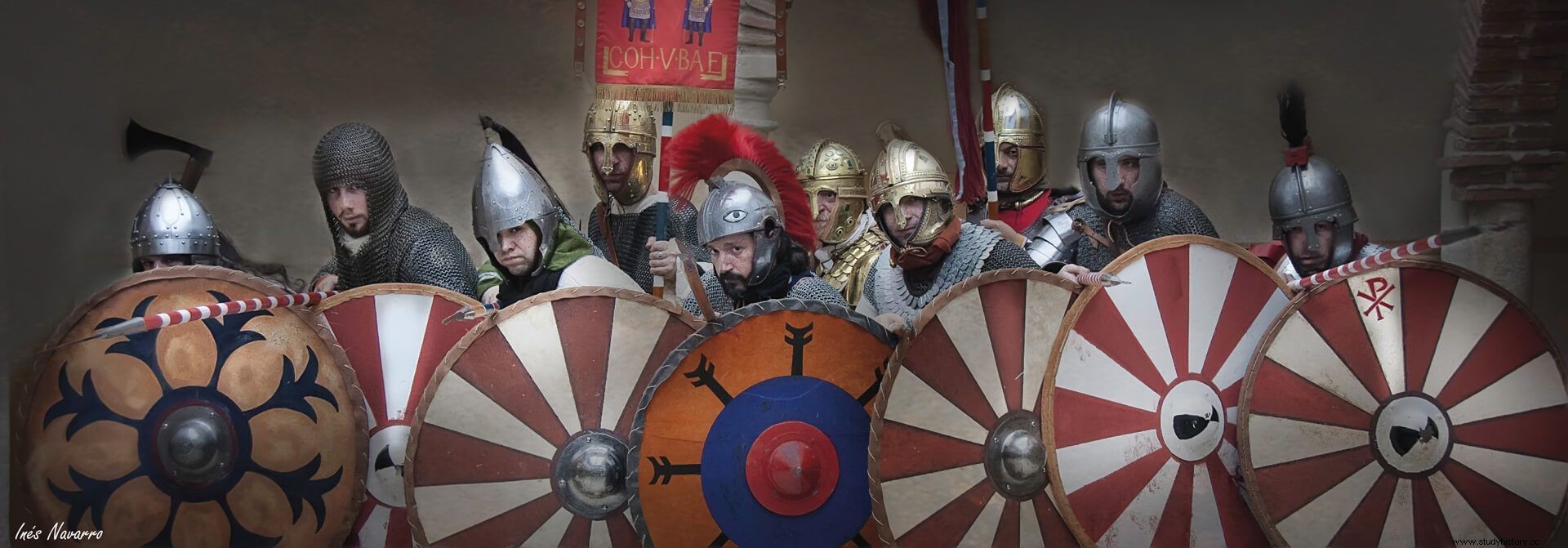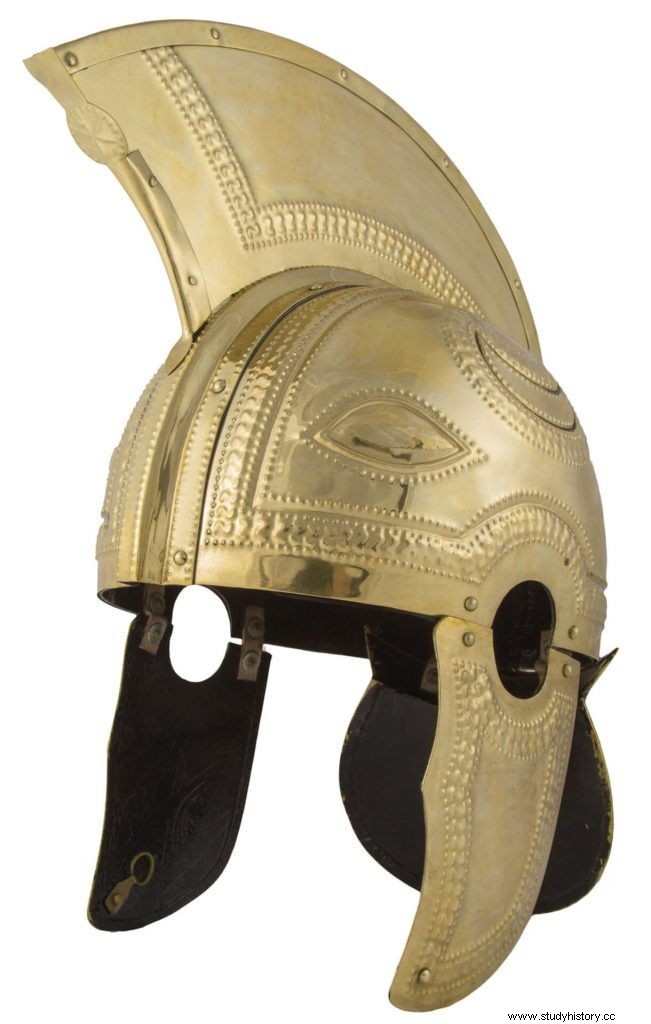
This issue of Desperta Ferro Antigua y Medieval:Adrianople, is dedicated to the analysis and understanding of a battle that has traditionally marked a before and after in the evolution of Late Antiquity. A battle that has fascinated scholars of all time and that has become part of the great Roman military disasters, such as Cannae or Teutoburg, but that stimulates the most epic facets of our imagination.
The importance of Adriánopolis is reflected in the pages of the issue of Desperta Ferro that these days reaches the hands of history lovers. For this reason, these brief lines are going to be dedicated to those who dedicate themselves to reliving the times of Adrianople or to taking home a piece of the Roman Empire of the 4th century AD. C.
The reproductions of the pieces of late-imperial Roman armor and panoply from the 4th and 5th centuries are of special beauty and image. The historical re-enactor who has chosen this era finds himself with a great variety of pieces from which to select those that best suit his re-enactment needs and economic possibilities, since archaeology, iconography and historiography show us their great variety, above all on helmets and their various tactical applications.
Among the weapons the re-enactor must find the wide variety of spiked points that characterize the period. Special mention deserves the spiculum , a kind of spear point described by Vegetius and that is very illustrative when it comes to explaining to the public the ways of fighting of the late imperial army. Among the spathae , the re-creator will search for the most appropriate based on its preferences or re-created range. All of them will mount the robust clamping bridge and some models will have a sheath adorned with elegant metal ferrules. Without losing sight of the illustrative effect that exhibiting a sax can have. of Germanic origin, a large knife that the soldiers imported from the barbarians and that was carried as a supplementary weapon.
As for the big shields late-imperial roundels the re-enactor will have the opportunity to acquire them in white, to proceed with their later decoration, with the motifs of their particular unit, often one of the cohorts that garrisoned the dioceses Hispaniarum during the Dominated, using historiographical sources such as the Notitia Dignitatum.

On helmets , the reenactor will be pleased to choose from an online store that offers the greatest variety between the different types of Intercisa, Koblenz, Burgh Castle, Deurne and the different types of Spangenhelm, such as the unique Deir el Medina. The adaptation and customization of helmets are as frequent today as in ancient times, when the soldier liked to adapt them to his tactical needs, within the specialized units of the late Roman army.
Finally, the reenactor will be able to complete his outfit with original and ornate belts and shoes from his time.
And of course, the collector and lover of the late Empire can also take a piece of Adrianople home. Taking an interest in the late Roman army gives scholars the opportunity to include in their collection some different pieces of special interest to their friends and peers, normally clinging to the stereotyped image or “made in Hollywood of the Roman army. His collection will be enriched with amazing and beautiful designs, which will give you many hours of lifetime satisfaction.

